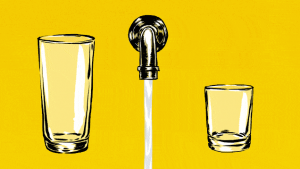
People use plastic to make all kinds of utensils, plastic bags, plastic bottles, straws… Bring a lot of convenience to life, but while we use plastic, we are constantly “eating” plastic.
The University of Newcastle in Australia has estimated the global per capita plastic intake through an analysis of 52 research data. The global average per capita intake of plastic particles per week is about 2,000pcs, weighing about 5g, which is equivalent to a credit card. In other words, we eat a plastic card the size of a credit card every week.
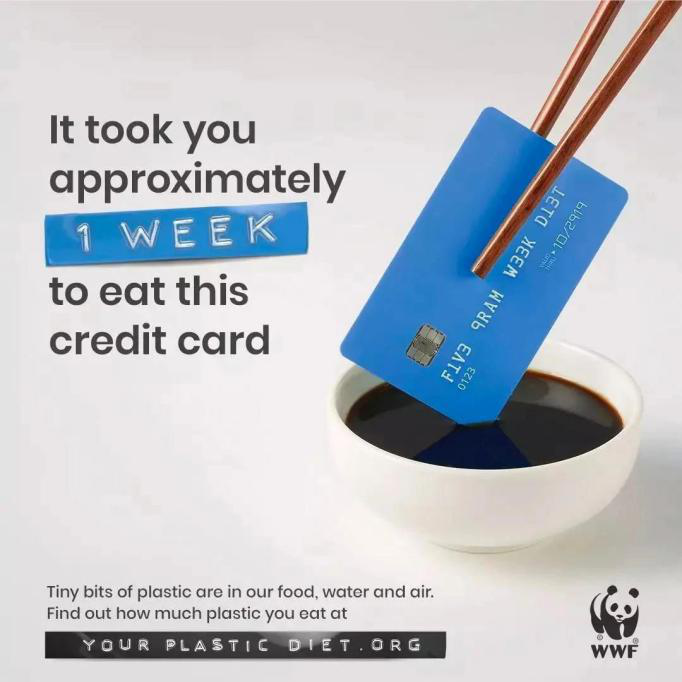
What is microplastics?
In 2004, Professor Richard Thompson, a marine biologist at the University of Plymouth in the United Kingdom, first proposed the concept of “microplastics”, which are generally considered to be plastic fibers, particles or films with a particle size of less than 5 mm, some of which can reach the micron or even nanometer level.
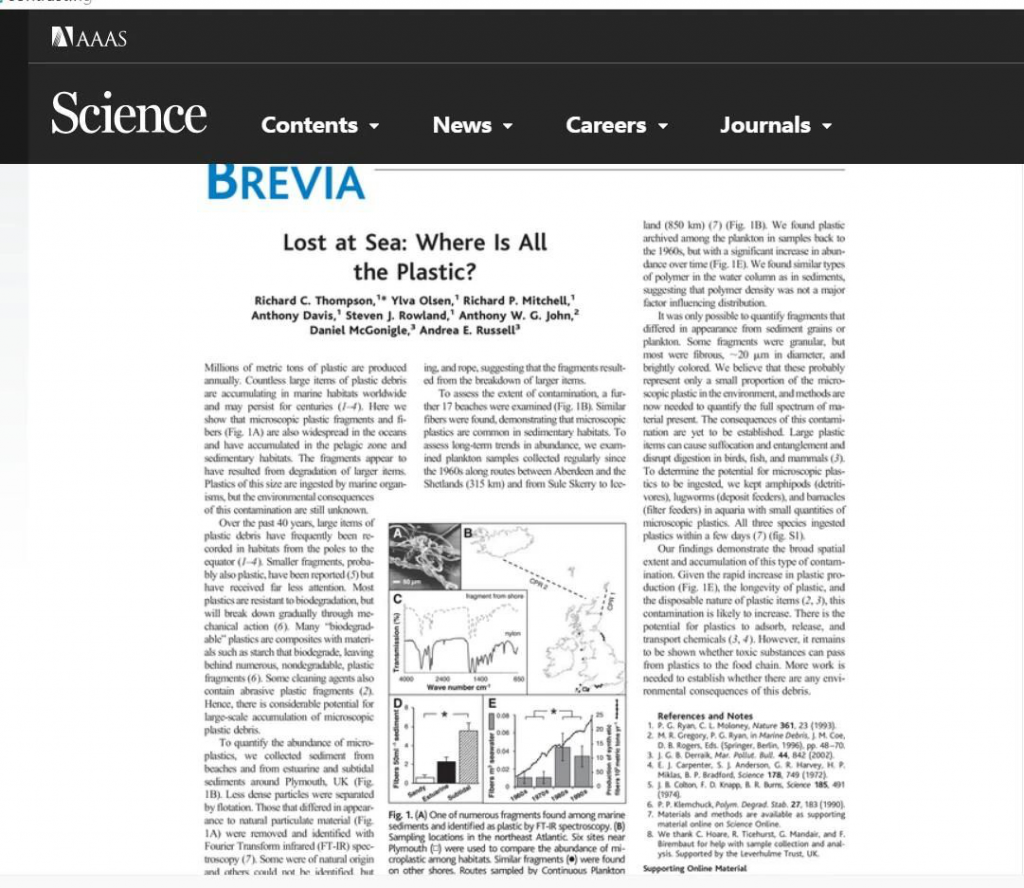
The sources of microplastics are mainly divided into two categories:
1. Primary microplastics
Due to industrial needs, micro-sized plastic particles are directly produced. For example, cosmetics, toothpastes, detergents, and some polishing agents with scrub function contain a certain amount of plastic particles.
A market survey in Guangzhou in 2016 found that 68% of cleansing and bath products with exfoliating functions on the market contained plastic particles.
2. Secondary microplastics
After plastic waste enters the environment, due to the mechanical abrasion of wind and water and the chemical and biological degradation of light, heat, microorganisms, etc., large-sized plastics are broken into smaller-sized debris.
They have a wide range of sources and complex ingredients, and have a more serious impact on the environment. They are the main source of microplastics in water bodies.
In daily life, in addition to plastic products such as plastic packaging bags, plastic packaging boxes, and plastic straws that we can intuitively see, some plastics are hidden in unexpected places:
Chemical fiber clothing
When washing clothes made of polyester, polyamide and spandex fibers, such as outdoor gear, sweaters and pullovers, about 700,000 microfibers are dropped.
Tire
About 60% of various natural and synthetic rubbers are used to make tires. In the UK, there are approximately 63,000 tons of dust generated by tire wear during driving each year.

Washing beads and tablets
Detergents and disinfectants with cleaning effects contain microplastics such as polyethylene or polypropylene, which are the same substances as microbeads that are banned in cosmetics.
cigarette butts
The cigarette filter is made of non-biodegradable cellulose acetate. If this fiber falls off after use, it will release a lot of toxic substances such as nicotine.
Sequins
The decorative sequins are loved by many people, but most of them are made of PET or PVC film that is difficult to degrade.
Wipes
Baby wipes, makeup remover wipes, etc. are generally made of polyester, polyethylene, polypropylene or mixed with natural fibers. Wet wipes are not easy to dissolve, can clog sewers and make plastic fibers.
tea bag
Many tea bags contain polypropylene “skeletons” that are not completely biodegradable. This skeleton will be degraded into small particles in compost or soil.
paint
Thermoplastic paint used to paint road signs, boats and houses generates plastic dust that spreads over the surface of the ocean. It is best to choose a paint that uses linseed oil or latex as a binder and does not contain plastic.
Takeaway cup
The surface of the takeaway cup is coated with a layer of polyethylene, which will break into small particles after degradation.
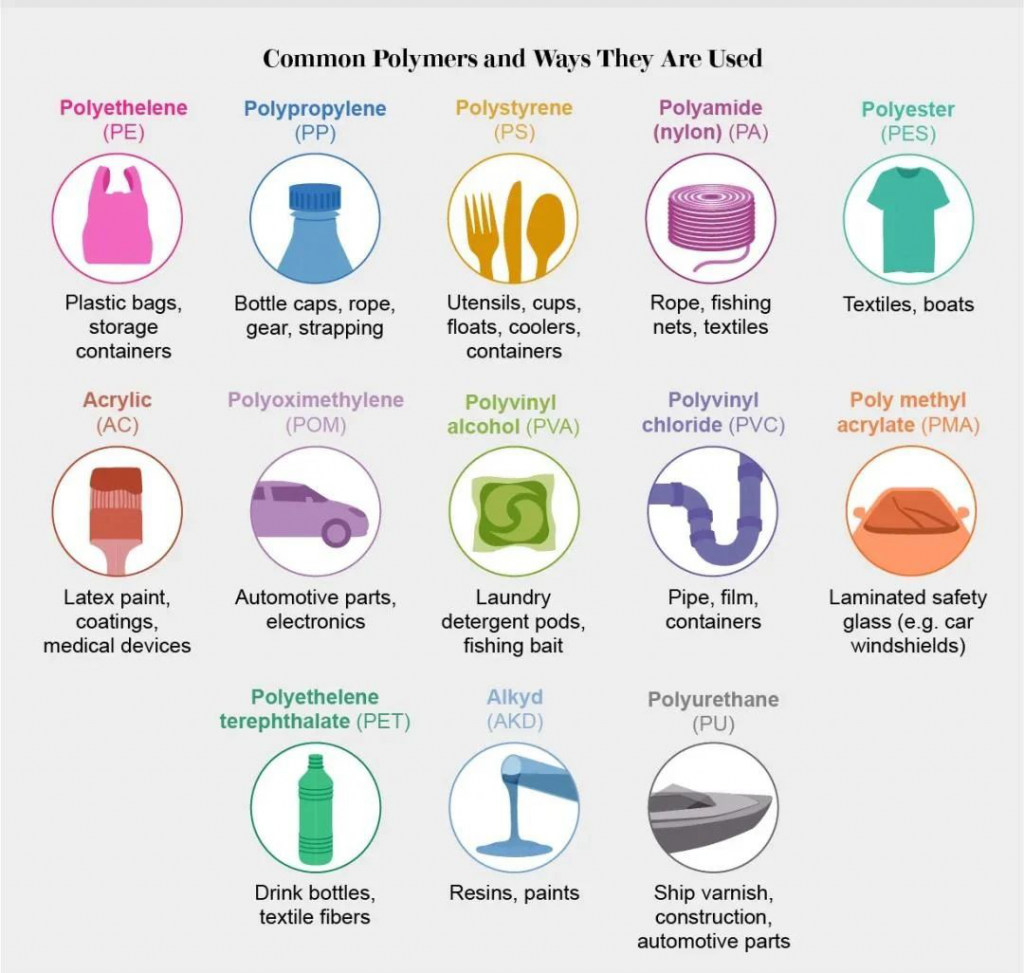
GESAMP Reports and Studies,No. 90;2015
Microplastics sneak into the body
White plastic bags, plastic products… We are no stranger to the large amount of plastic pollution in our lives, but when plastic becomes countless particles all over the environment, is it scary?
Started ingesting microplastics during infancy
A study on “Nature Food” found that infants may consume up to 16 million microplastic particles per liter of infant formula prepared from polypropylene plastic bottles.
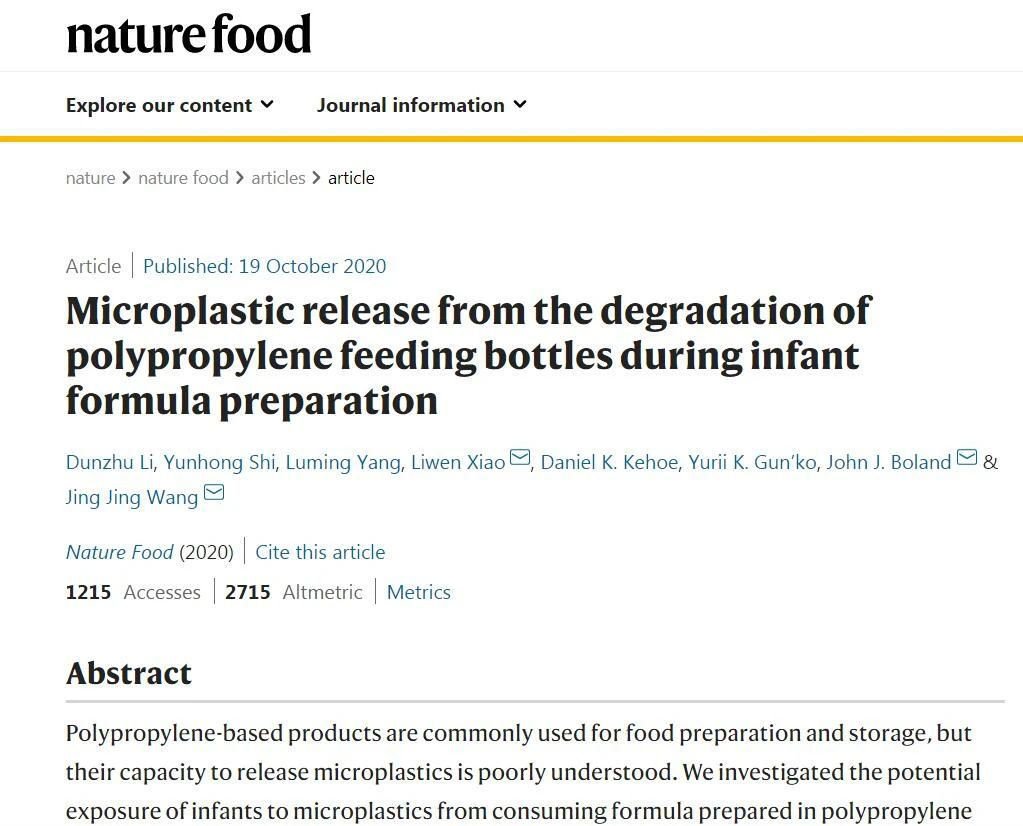
There are also “microplastics” in vegetables and fruits
A study by the University of Catania in Italy showed that local agricultural products, such as carrots, lettuce, broccoli, potatoes, apples and pears, all contain microplastics.
A joint study by the Yantai Institute of Coastal Zone Research of the Chinese Academy of Sciences, Nanjing Soil Research Institute and Leiden University in the Holland found that cracks in the roots of lettuce and wheat crops can absorb microplastics in the soil and water, and then spread to the edible parts.
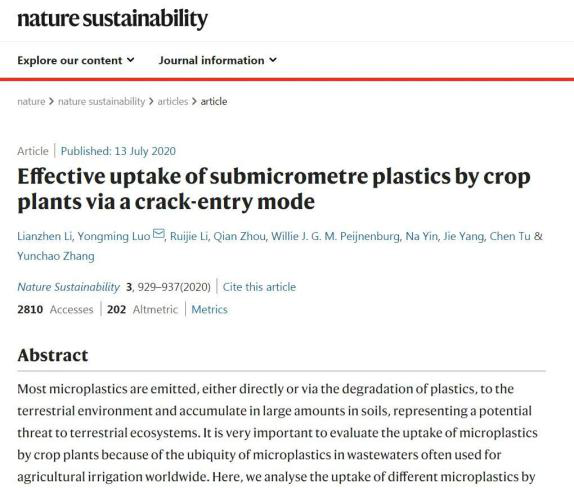
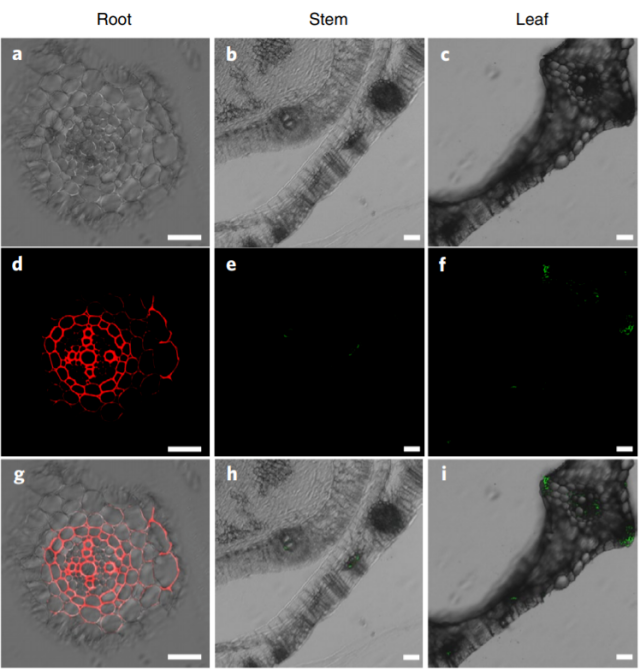
Fluorescence labeling of 0.2μm plastic particles accumulated in wheat plants
This means that through the food chain, microplastics may exist in all our diets, including grains, fruits and vegetables, shellfish, beef and mutton, dairy products, and eventually reach the human body.
Air and water cannot escape the “pollution” of microplastics
Japan’s “Nishinippon Shimbun” once reported that a research team from the Institute of Environmental Science of Fukuoka Institute of Technology detected floating microplastic particles in the air in Fukuoka City.
Orb Media, a public welfare Internet news agency in Washington, United States, and the School of Public Health, University of Minnesota, analyzed tap water samples from more than 10 countries. The results show that 83% of tap water in the world contains plastic particles, which means that the drinking water of billions of people is polluted by plastic.
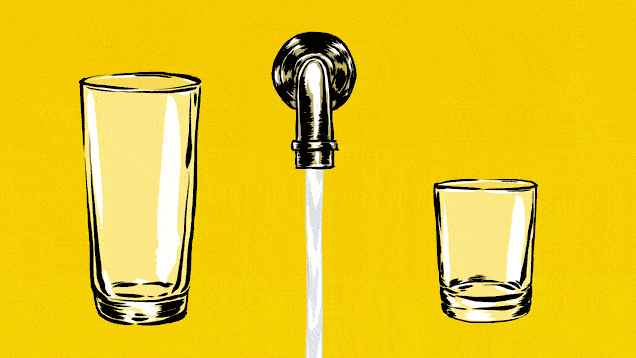
According to analysis, the size of the plastic particles found in the tap water samples exceeds 2.5 microns, which is 2500 times larger than 1 nanometer. The current standard water treatment system cannot filter out all these plastic particles.
These studies all remind us that microplastic pollution has long been pervasive.
How do microplastics harm health?
When microplastics enter the food chain, they also threaten human health:
The surface of microplastics is easy to adsorb heavy metals and persistent organic pollutants, such as pesticides, flame retardants, PCBs, etc. The microplastics that fall off clothing due to friction and drying will become inhalable dust and enter the human body after being dispersed in the air; after flowing into the ocean, marine organisms swallow and accumulate in the body, which can pass through the food chain and finally enter the human food chain, which may cause some chemicals to accumulate in the human body, which is not good for human health.
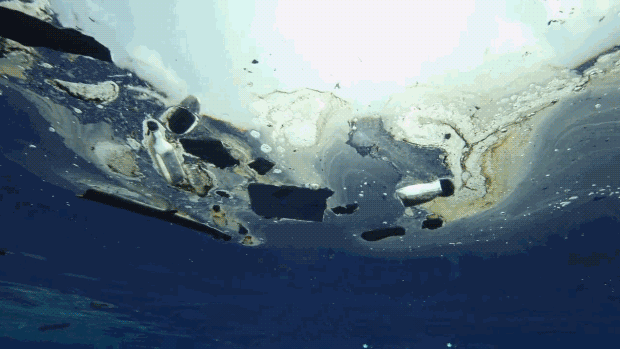
Ma Hong, an expert at Galway-Mayo Institute of Technology
Ireland, pointed out two major concerns, namely, small plastic molecules, and the chemical molecules and pathogens harboured in microplastics. Nano-scale fibers may penetrate cells or organs, which is worrying.
In 2018, the European Society of Gastroenterology reported for the first time that up to 9 types of microplastics were detected in human feces, with diameters between 50 and 500 microns. This suggests to us that microplastics will reach the human intestines and stomach and may affect the digestive system.
In principle, microplastics can be transferred to the lymphatic circulatory system through the human gastrointestinal system, absorbed by the unborn baby through the placenta, and absorbed by the human body through the lungs, eventually causing the immune system to react and affecting the health of the body’s cells.
And epidemiological studies on humans also show that plastic additives also seem to be linked to metabolic, thyroid, reproductive and respiratory diseases. But its relevance needs more research to further prove it.
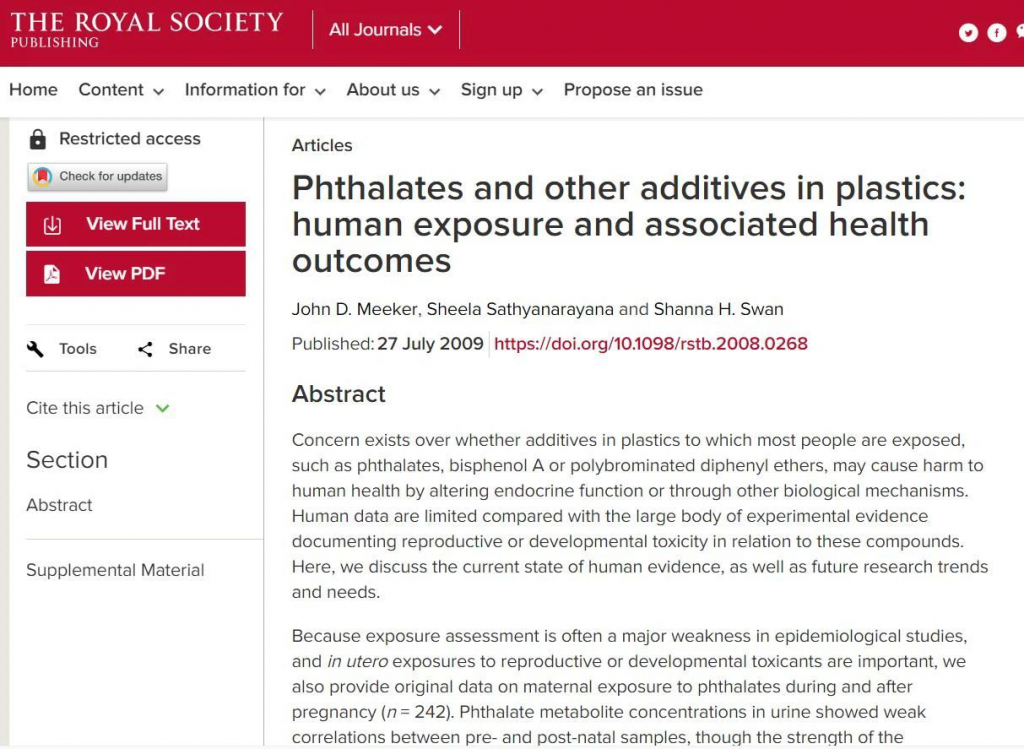
At present, the research of microplastics is still in its infancy, and uncertain factors and knowledge gaps make it difficult for us to give a conclusion on its harm. But we should not take chances, we should use other alternatives to replace plastic products as much as possible, reduce the daily intake of microplastics, and avoid unknown health risks.
As an individual, how to “reduce plastic”:
To reduce plastic waste, we should start with reducing the use of disposable plastic products. Plastic products such as express packaging and takeaway packaging are difficult to recycle. They can easily enter the environment and become microplastics, causing pollution.
Secondly, pay attention to the ingredient list when buying personal care products, try not to choose those with plastic frosted ingredients; when buying clothes, choose natural materials such as wool or cott
Comments